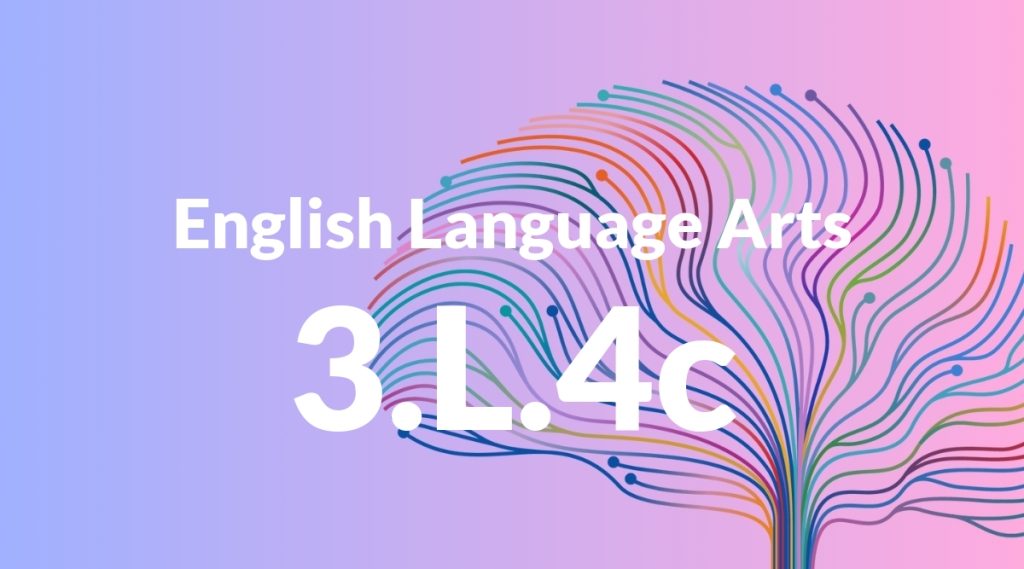Standard: 3.L.4c – Use a known root word as a clue to the meaning of an unknown word with the same root (e.g., company, companion).
Grade level: Grade 3
Subject: English Language Arts
Domain: Language
Teacher Overview
This standard focuses on helping students use known root words to infer the meanings of new words. This skill is crucial for vocabulary development and reading comprehension, as it enables students to decode unfamiliar words independently. Students should be familiar with basic root words and their meanings, as well as common prefixes and suffixes. They should also understand the concept of word families.
Mastering this standard will enable students to decode more complex words and enhance their vocabulary, aiding in reading comprehension and overall language proficiency.
Common Misconception 1
Some students may think that any word containing a known root must have a similar meaning. This is incorrect because the meaning of a word can change significantly with different prefixes or suffixes.
Intervention 1
An evidence-based intervention would be to provide contextual examples where the root word changes meaning with different prefixes or suffixes, and have students practice identifying these changes.
Common Misconception 2
Another common misconception is that prefixes and suffixes do not change the meaning of the root word. This is incorrect as they can significantly alter the meaning.
Intervention 2
To address this, use exercises that focus on how prefixes and suffixes change the meaning of root words, providing multiple examples for practice.
Prerequisite Knowledge
Students should be familiar with basic root words and their meanings, as well as common prefixes and suffixes. They should also understand the concept of word families.
Subsequent Knowledge
Students will develop the ability to decode more complex words and enhance their vocabulary. They will also be able to use context clues more effectively in reading comprehension.
Instructional Activities
- Word root scavenger hunt: Finding words with common roots in reading materials.
- Root word matching game: Matching root words with their derived forms.
- Prefix and suffix bingo: Identifying how words change with different prefixes and suffixes.
- Context clue sentences: Using sentences to determine the meaning of words with familiar roots.
- Root word posters: Creating visual aids that show root words and their variations.




